Search Images
Browse Content (p. 1140)
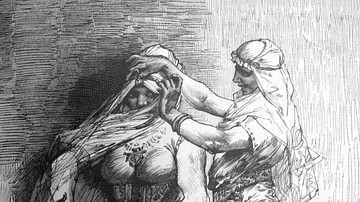
Image
Thor Disguised as Freyja
Depiction connected with Norse mythology based on the Old Norse Þrymskviða poem in which Thor dresses up as Freyja to travel to giantland - the giant Thrym has stolen his hammer and demands Freyja as condition for its return. Freyja refuses...
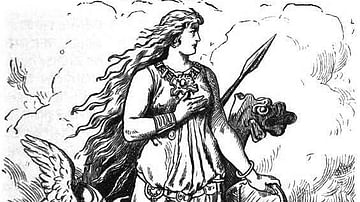
Image
Freyja With Carriage
Depiction by Johannes Gehrts of the Norse goddess Freyja, here seen with her cat-drawn carriage and wearing the necklace Brísingamen.

Image
Freyja
Norse goddess Freyja putting on her necklace Brísingamen, painting by James Doyle Penrose (1862-1932).
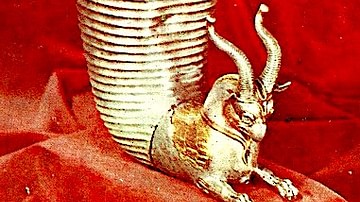
Image
Silver Orontid Rhyton
A silver rhyton from Yerznka, ancient Armenia, 5th century BCE when it was ruled by the Orontid dynasty.
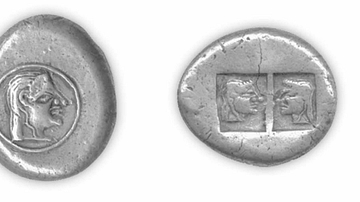
Image
Colchian II Type Silver Didrachm
Silver. Weight: e.g. 9,6 gr., 9,9 gr., 10,4 gr. – Persian stater;
e.g. 8,7 gr., 9,2 gr., – Attic didrachm.
d≈18/20-21/23 mm.
Obverse: Archaic female head to the right within the linear circle (the same as on the II type hemidrachm).
...
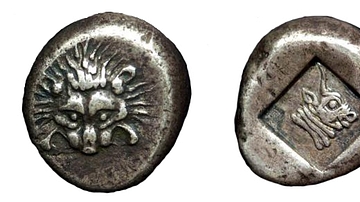
Image
Colchian Silver Drachm
Silver. Weight – 5,52 gr.
d=17/19 mm.
Obverse: Lion’s head facing.
Reverse: Bull’s head to the right in quadratum incusum.
Mint: Phasis.
Nominal: Siglos of the Persian system
Date: 5th c. BCE.
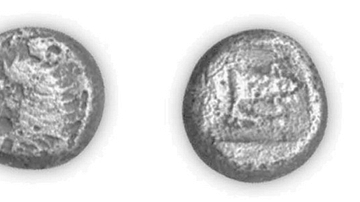
Image
Colchian Type I Silver Hemidrachm
Silver. The weights range from 1,7 to 2,6 gr.
d=11/12-12/13 mm.
Obverse: Lion’s head to the right/left, showing teeth.
Reverse: Lioness’ protome to the right in quadratum incusum. Mint: Phasis. Nominal: Attic system hemidrachm...
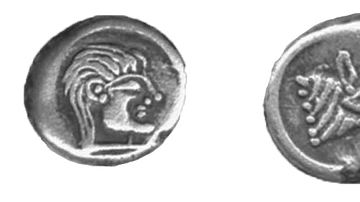
Image
Colchian Type II Silver Hemidrachm
Silver. Weights range from 1,2 to 2,6 gr.
d≈12 mm.
Obverse: Archaic female head to right/left within the linear circle or in border of the dots
. Reverse: Bull’s head to right within the linear circle. Some of the coins are with the...
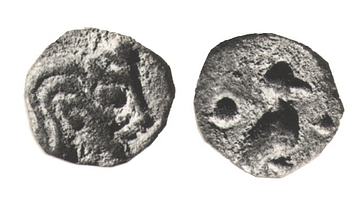
Image
Colchian (So-called) Hemitetartemorion
Silver. Weight: 0,150 gr., 0,111 gr., 0,110 gr.
Obverse: Archaic female head to the right (identical with archaic female head depicted on the II type hemidrachm).
Reverse: Bird (crane) to the right. Mint: Phasis. Nominal: Attic...
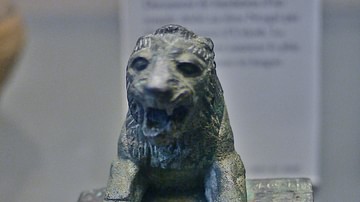
Image
Hurrian Lion, Urkesh
A copper-alloy lion with an inscription in Hurrian, Urkesh. 2100 BCE. (Louvre Museum, Paris)